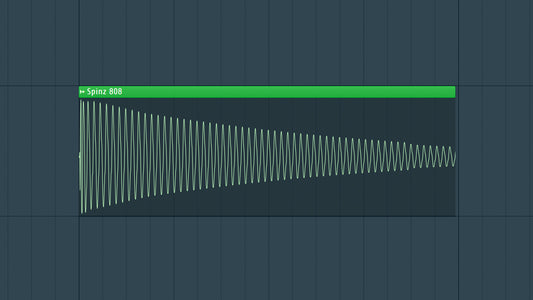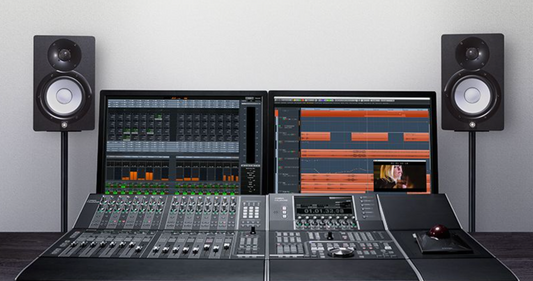Introduction
Using sends and returns has greatly improved my music production. In music production, understanding and using sends and returns can be a game-changer for producers seeking to elevate their tracks. These tools provide an efficient way to apply effects, create depth, and shape your music. In this blog, I'll dive into the world of sends and returns, exploring their functionality and offering practical tips on how to integrate them seamlessly into your production workflow.
DOWNLOAD 30+ FREE SAMPLE PACKS - CLICK HERE

Understanding Sends and Returns
What Are Sends and Returns?
In music production, sends and returns, also known as auxiliary or FX channels, are a set of features that allow you to route a portion of a track's audio signal to an auxiliary channel (send) where effects can be applied. The affected signal is then blended back into the original track (return), providing a flexible and efficient way to process specific elements of your mix.
Why Use Sends and Returns?
- Efficiency:
- Sends and returns optimize CPU usage by allowing you to apply a single instance of an effect to multiple tracks. This is especially useful for resource-intensive effects like reverbs and delays.
- Consistency:
- Applying the same effect to multiple tracks using sends ensures consistency across your mix, creating a unified sonic landscape.
- Creativity:
- Sends open up creative possibilities by enabling you to experiment with different effects and processing techniques without affecting the original track's integrity.
- Control:
- Sends provide precise control over the level of the affected signal, allowing you to strike the right balance between the dry and wet signals.
Practical Tips for Using Sends and Returns
- Setting Up Sends:
- In your DAW, create a send on the track you want to affect. Choose the destination as an auxiliary channel (return) and adjust the send level to control the amount of signal being sent.
- Organize Your Effects:
- Group similar effects on dedicated return channels. For example, create separate returns for reverbs, delays, and modulation effects. This enhances workflow and organization.
- Parallel Processing:
- Utilize sends for parallel processing. Send a portion of a track to a return channel, apply heavy processing (compression, distortion, etc.), and blend it back with the dry signal for added character.
- Creating Space with Reverbs:
- Use sends for creating a sense of space. Applying a reverb on a return channel allows you to add a cohesive ambiance to multiple tracks, maintaining a unified spatial feel.
- Adding Depth with Delays:
- Experiment with delays on return channels to add depth and dimension to vocals, guitars, or synths. Adjust the timing and feedback for creative rhythmic effects.
- Applying Modulation Effects:
- Sends are excellent for applying modulation effects like chorus or flanger. Experiment with subtle modulation on vocals or instruments for a richer, animated sound.
- Blend and Automate:
- Blend the affected signal with the dry signal using the return channel's fader. Automate send levels to create dynamic transitions and effects throughout your track.
- Creating Custom Reverbs:
- Build custom reverbs by sending various instruments to a return channel with a reverb effect. Adjust the reverb settings to tailor the spatial characteristics to your liking.
- Use Sends for Parallel Compression:
- Apply parallel compression to individual elements or the entire mix. Send the desired signal to a return channel with a compressed signal and adjust the blend for enhanced dynamics.
- Experiment with Feedback Effects:
- Explore feedback effects by sending an element to a return channel with effects like a resonator, filter, or pitch shifter. Experimentation can lead to unique and experimental textures.
DOWNLOAD 30+ FREE SAMPLE PACKS - CLICK HERE
Conclusion
Sends and returns are invaluable tools for producers, offering a versatile and efficient way to shape your music. Whether you're aiming for a subtle touch of ambiance or adding parallel processing, using sends and returns in your workflow can unlock tons of possibilities. Experiment, explore, and discover how these tools can enhance your productions, providing depth, cohesion, and a touch of magic to your tracks. Happy producing!




